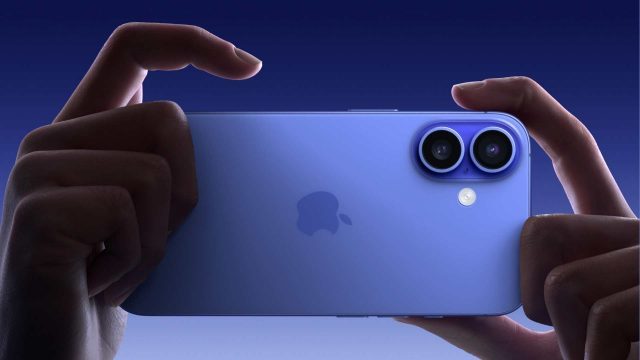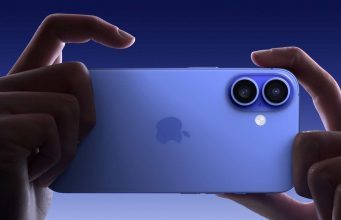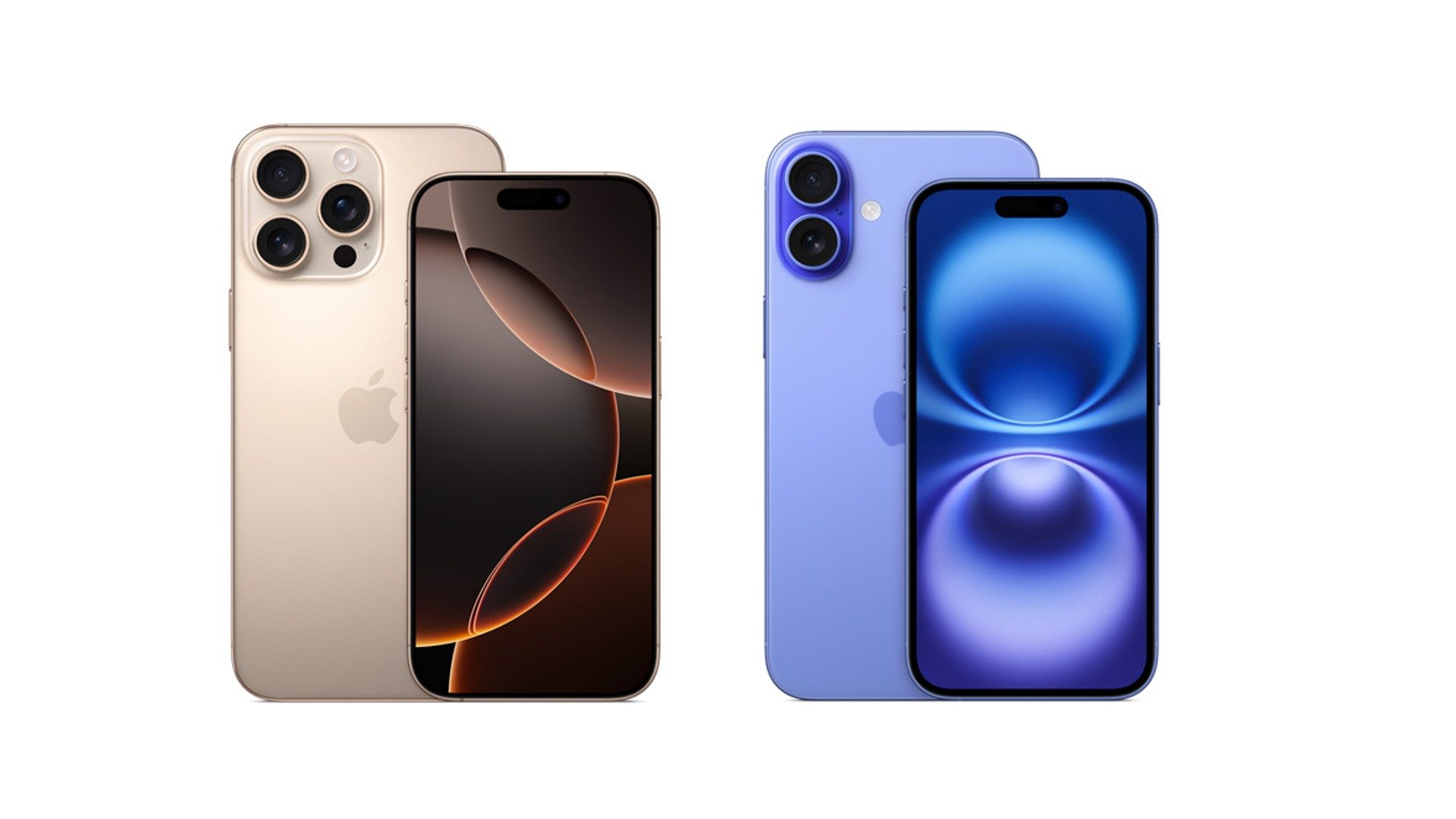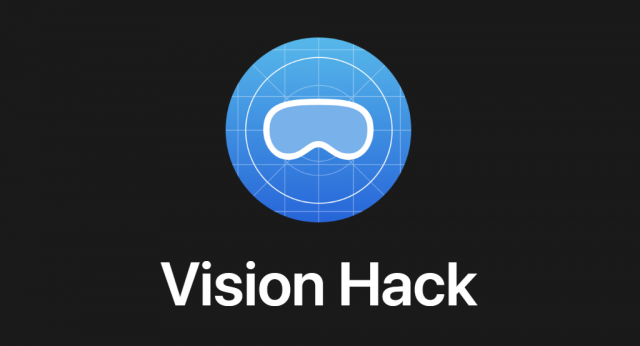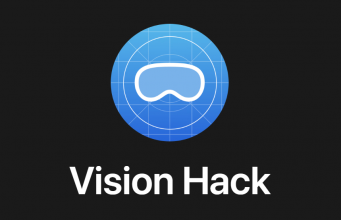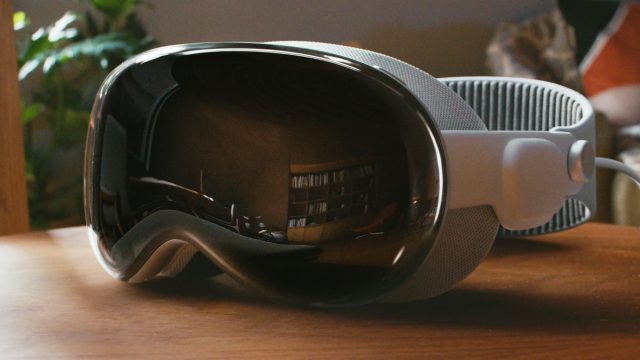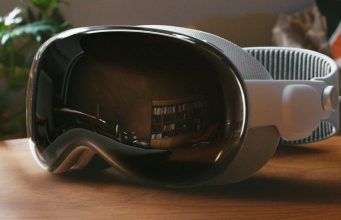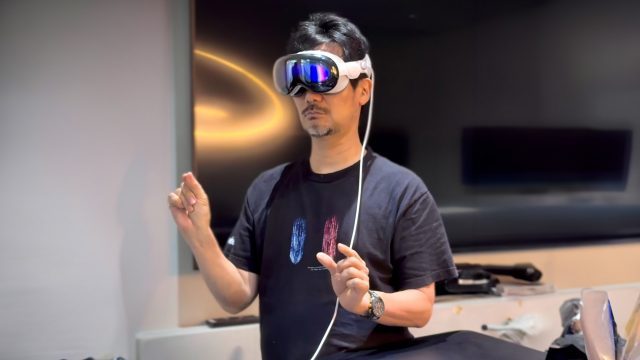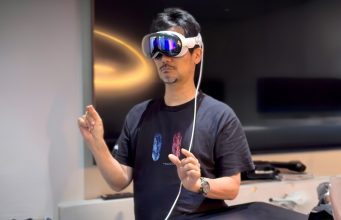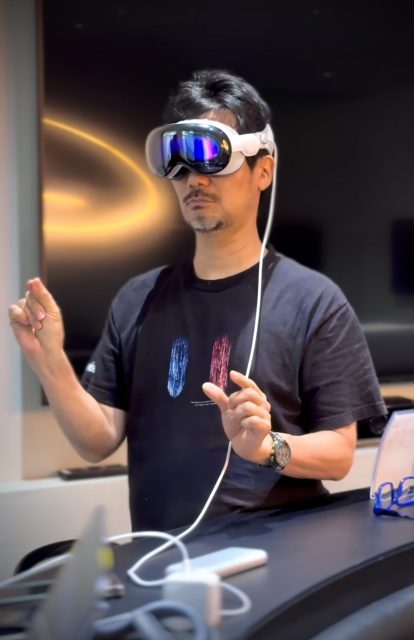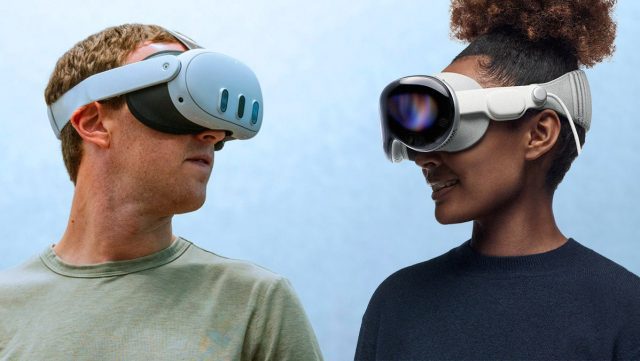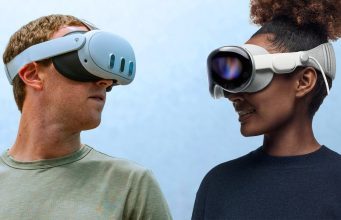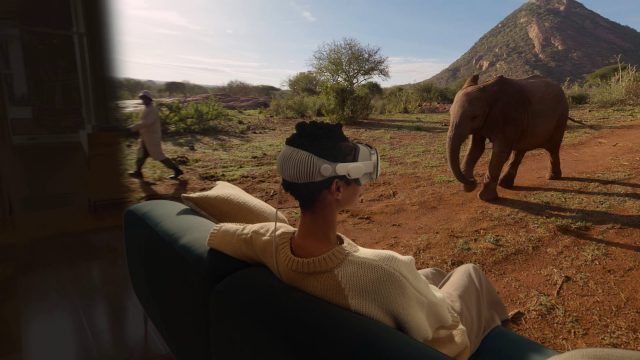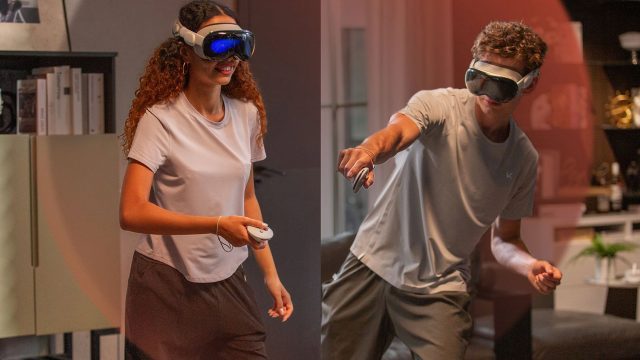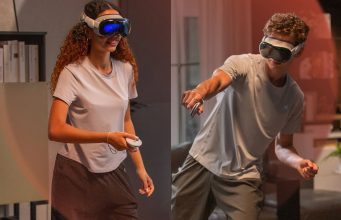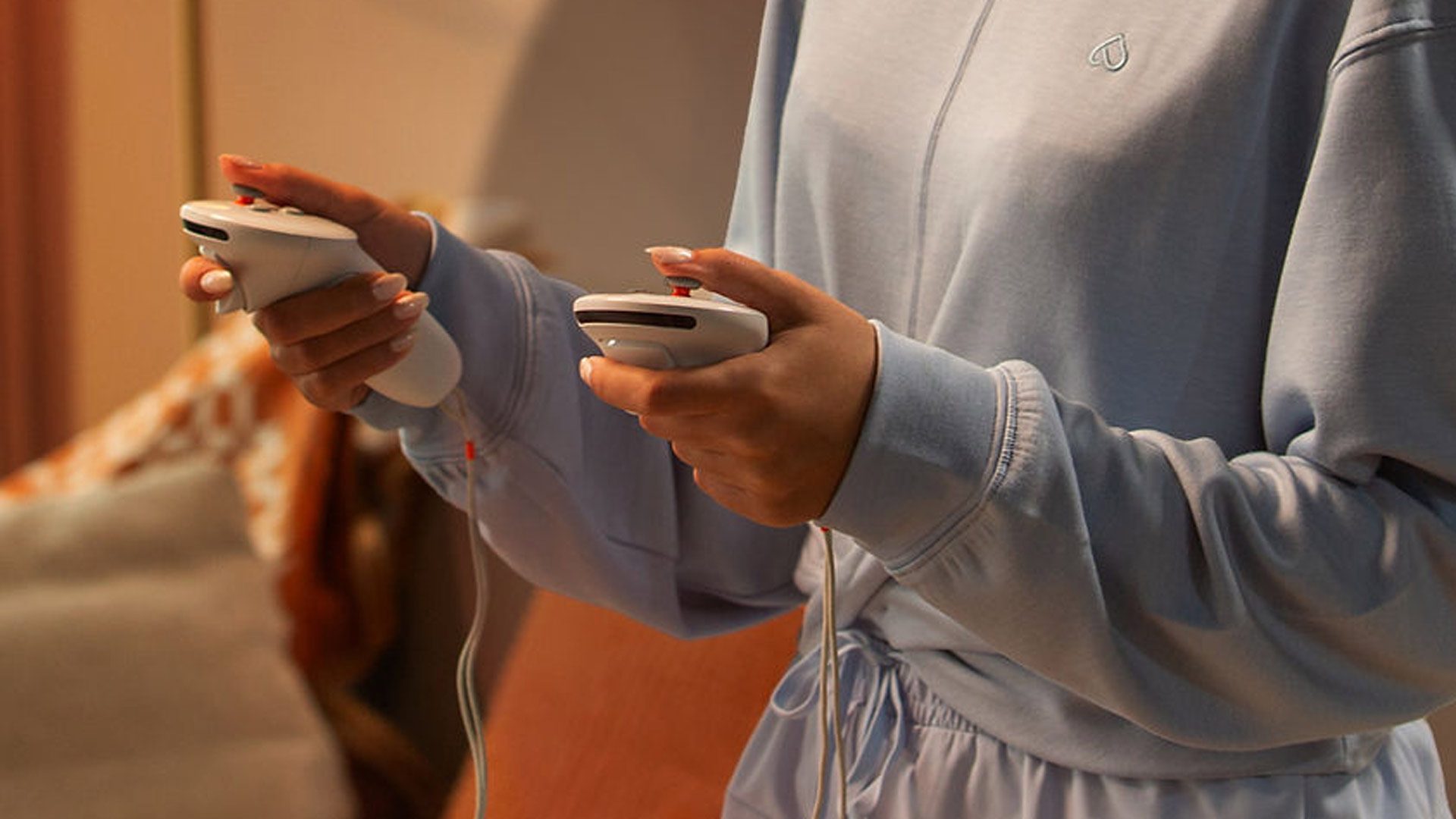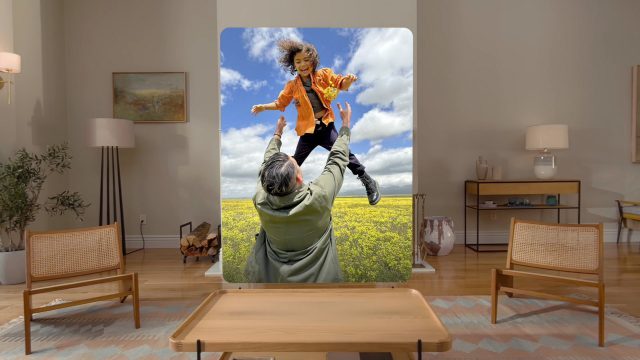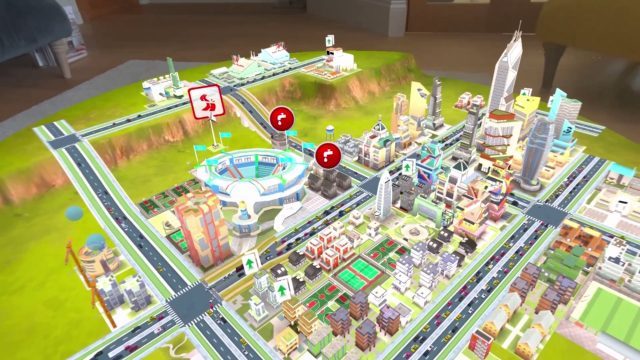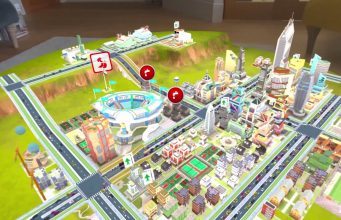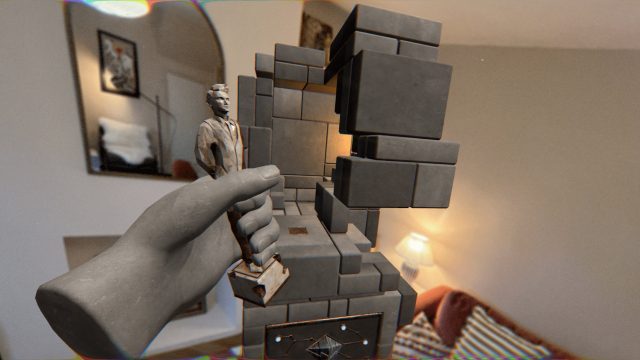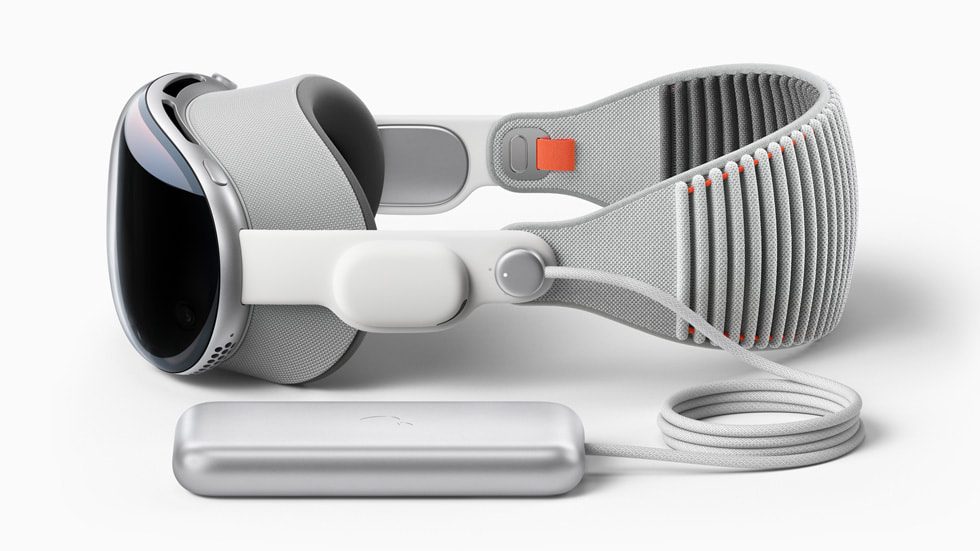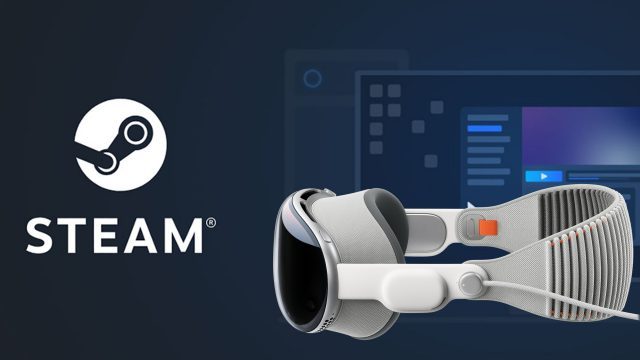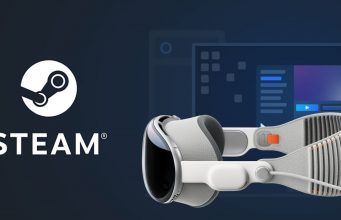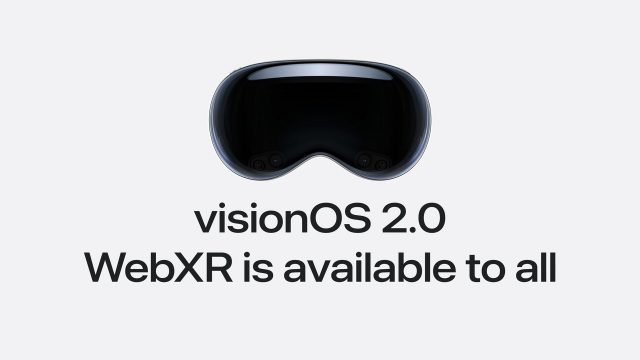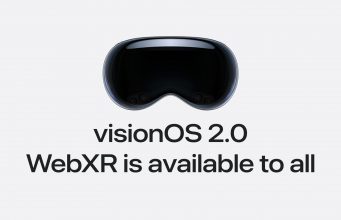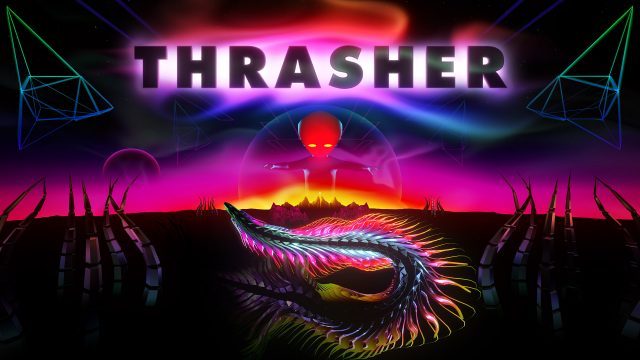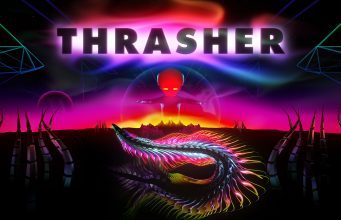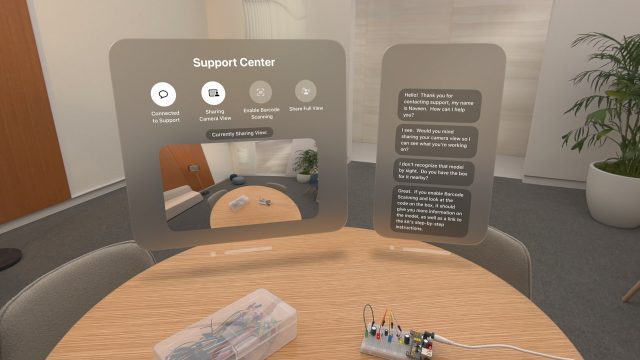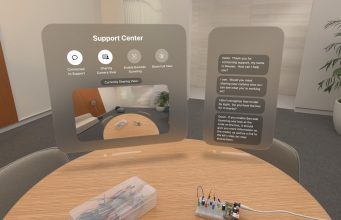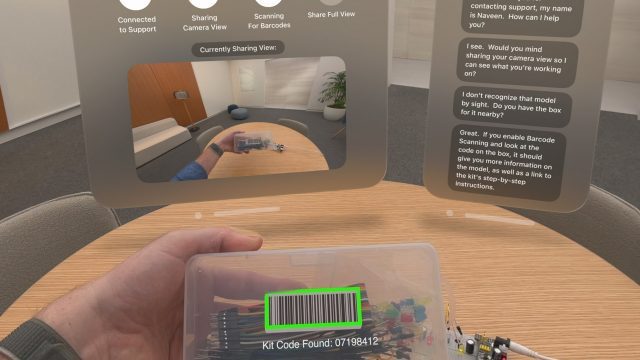VisionOS 2 Launches Next Week, But Three Big Features Won’t Come Until “later this year”
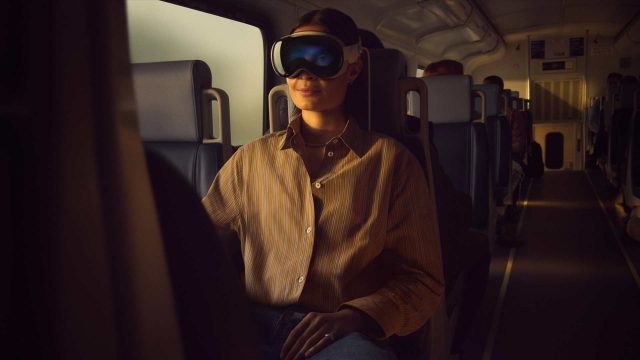
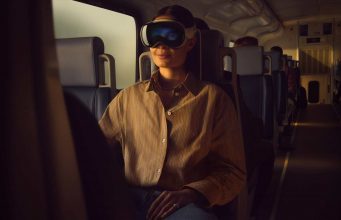
Apple confirmed it’s launching VisionOS 2 on September 16th, which is coming along with a ton of previously teased features announced back at WWDC in June. Three features are listed as “coming later this year” though. Here’s what you’ll be missing come Monday.
We wrapped up the list of VisionOS 2 stuff below, however three pretty interesting features don’t have release dates yet:
Panoramic Productivity with Mac Virtual Display
This one we really hoped would come along with VisionOS 2, but we’ll just have to wait a bit longer. Later this year Apple will finally allow Mac Virtual Display for a more immersive, ultrawide screen experience, something the company says simulates two 4K displays side by side for enhanced multitasking.
It looks pretty simple too. The video above shows a UI toggle to go from ‘Normal’ to ‘Wide’ and ‘Ultrawide’ modes when using Mac Virtual Display, which could tip the scales of finally bringing Vision Pro (along with your Mac) to the coffee shop to get work done.
Spatial Videos Support for Final Cut Pro
Apple announced back at WWDC that Final Cut Pro will finally play nice with MV-HVEC videos captured by Vision Pro, iPhone 15 Pro, and now the entire iPhone 16 line thanks to support for of spatial video, photo and audio capture. At some point, Apple says you’ll be able to import and edit spatial videos in Final Cut Pro on your Mac, add “immersive titles and effects,” and then view the final product in Vision Pro.
We haven’t seen it in action yet, but if Apple is investing sufficient resources, we’re really holding out hope for a seamless editing and live viewing experience, which would be great for workflow.
Apple TV Sports Multiview
At some point Vision Pro is getting the Multiview feature on Vision Pro’s Apple TV app, putting it more in line with the capabilities of Apple TV 4K.
The addition of Multiview means you’ll be able to watch up to five MLS or MLB games simultaneously, with customizable layouts and the ability to switch between different game views. On the toilet.
In case you missed it, here’s a list of some headlining features coming to VisionOS 2 next week:
Coming Next Week:
- Create Spatial Photos from 2D Images: Instantly transform existing photos into spatial photos with depth and dimension by tapping on them in your library.
- SharePlay for Photos: On FaceTime, share and interact with spatial photos, videos, and panoramas with friends and family, allowing you to relive memories together in life-size scale.
- Redesigned Photos App: A refreshed and organized Photos app makes it easier to find photos and featured spatial photos with a visually appealing and user-friendly layout.
- Trim Videos at Any Scale: Trim videos from your photo library with ease, adjusting the scale to fit your preferences.
- See Your Keyboard in Any Environment: When immersed in an Environment, your Magic Keyboard or MacBook keyboard will be recognized, allowing uninterrupted typing.
- Cinematic Video Experience in Safari: Enjoy watching videos on a massive screen in Safari, with enhanced cinematic effects, such as screen glow and reflections.
- Guest User Mode: Easily let friends and family try Apple Vision Pro with Guest User mode, which now saves their eye and hand data for quick setup in future sessions.
- Look to Dictate in Messages: A new dictation method in Messages where you can simply look at the text field to start dictating.
- AirPlay Receiver: Use AirPlay to mirror your devices to Apple Vision Pro, expanding sharing and viewing capabilities.
- Train Support in Travel Mode: Work with multiple apps or watch shows while commuting, enjoying a massive screen in a serene virtual Environment.
The post VisionOS 2 Launches Next Week, But Three Big Features Won’t Come Until “later this year” appeared first on Road to VR.
